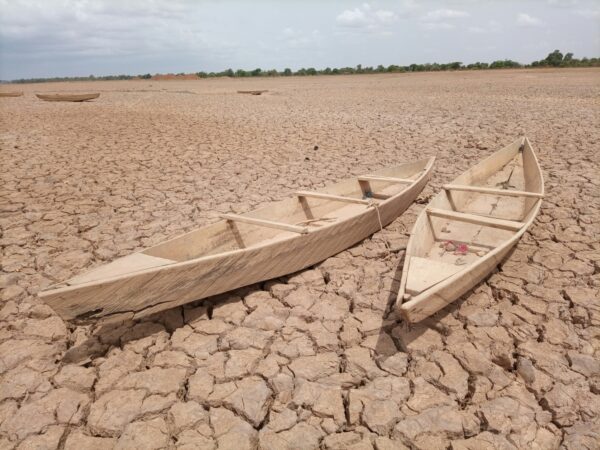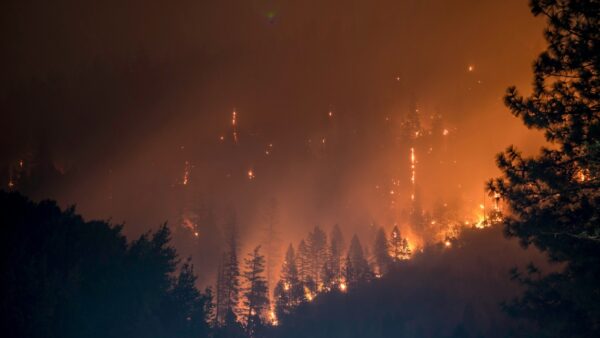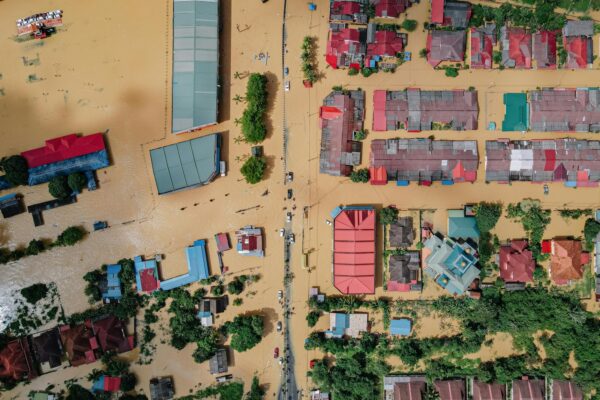Loss and damage costing and financing mechanisms: Caribbean outlook
Authors
Share

Loss and damage refers to impacts of climate change that occur despite adaptation and mitigation efforts. This brief provides a background on loss and damage, its importance for the Caribbean, tools and methodologies to determine costs of loss and damage, and potential innovative financing mechanisms. The region has seen an increase in the number of recorded weather and climate hazards and resultant impacts on biophysical and human systems. As global temperatures continue to increase, Caribbean SIDS face significant levels of both economic and non-economic loss and damage.
Key points
- The global average temperature increase has led to detrimental impacts across the spectrum of life in the Caribbean including effects on agriculture and food production, human health, ecosystems, tourism, fresh water availability, energy production, livelihoods, human productivity, critical infrastructure and economic development.
- The intense hurricane season of 2017 called attention to the severity of loss and damage that the region faces. Across the region, damages of approximately USD10 billion were estimated to have been incurred due to damages to residential and commercial infrastructure, equipment and goods from Hurricane Irma alone.
- Hurricane impacts, tourism losses and infrastructure damage from sea level rise could amount to USD22 billion per year by 2050 and USD46 billion per year by 2100, representing 10% and 22% of current regional GDP.
- Methodologies for loss and damage cost assessments vary depending on the school of thought and mostly derive from Climate Change Adaptation and Disaster Risk Reduction. Climate Change Adaptation assesses loss and damage costs prior to a possible disaster to offer possible adaptation methods. Disaster Risk Reduction includes pre and post disaster assessments of loss and damage.
- All methodologies rely either on available data or the collection of data. Lack of access to existing data or lack of collection of detailed data prohibits robust assessment of loss and damage costs.
- Finance options for meeting the costs of loss and damage can be grouped according to the basic mechanism they apply and whether they contain an element of risk transfer or not. Bonds and specifically catastrophe bonds can be categorised as innovative approaches to financing loss and damage.











